How do you attract owls for garden pest control? These wildlife gardening tips will teach you what you need to know!
North America has about 19 native species of owls, including barn owls, barred owls and eastern screech owls. Owls are fascinating birds to watch, but they’re also adept at catching garden pests, like mice and voles. Today, owl habitats are threatened by urban sprawl, the overuse of pesticides and rodenticides and deforestation, but backyard gardeners can help by creating their own owl habitats and nesting spots!
Affiliate disclosure: As an Amazon Associate, I may earn commissions from qualifying purchases.
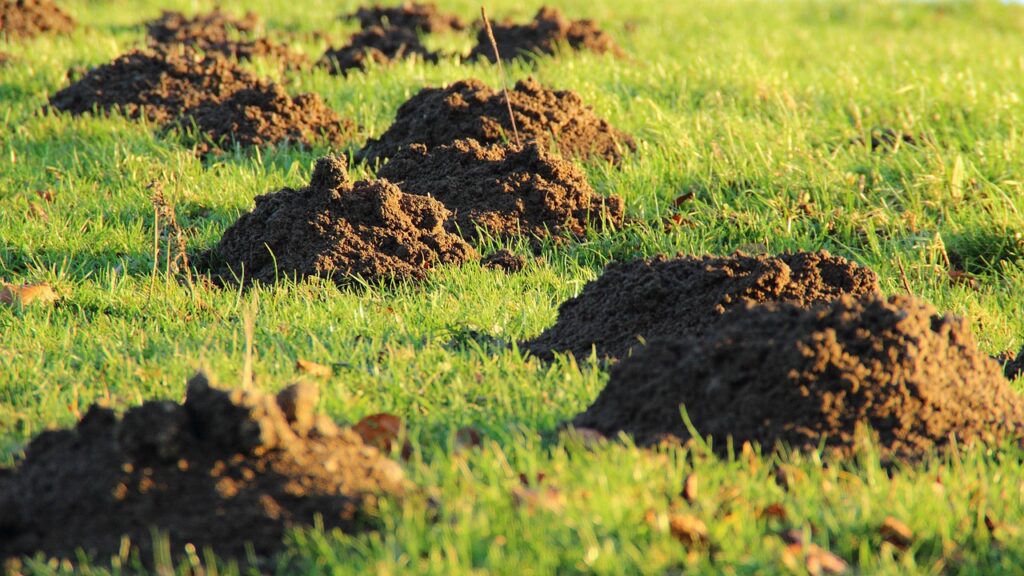
Why Grow an Owl Habitat Garden?
Like many other animals, owls are affected by urbanization and habitat loss, and safeguarding or building habitats for owls is becoming increasingly important. While owls are mostly associated with wild areas, some owl species are found in suburban spots and owls can be helpful additions to backyard gardens.
Owls are much loved by birders, but owls can also assist gardeners with organic pest control. Some smaller owls feed on insects, like moths and beetles, while larger owls hunt mice, voles, moles, shrews and rats. If you’ve had a problem with rodents in your garden, creating a habitat that’s attractive to owls may help!
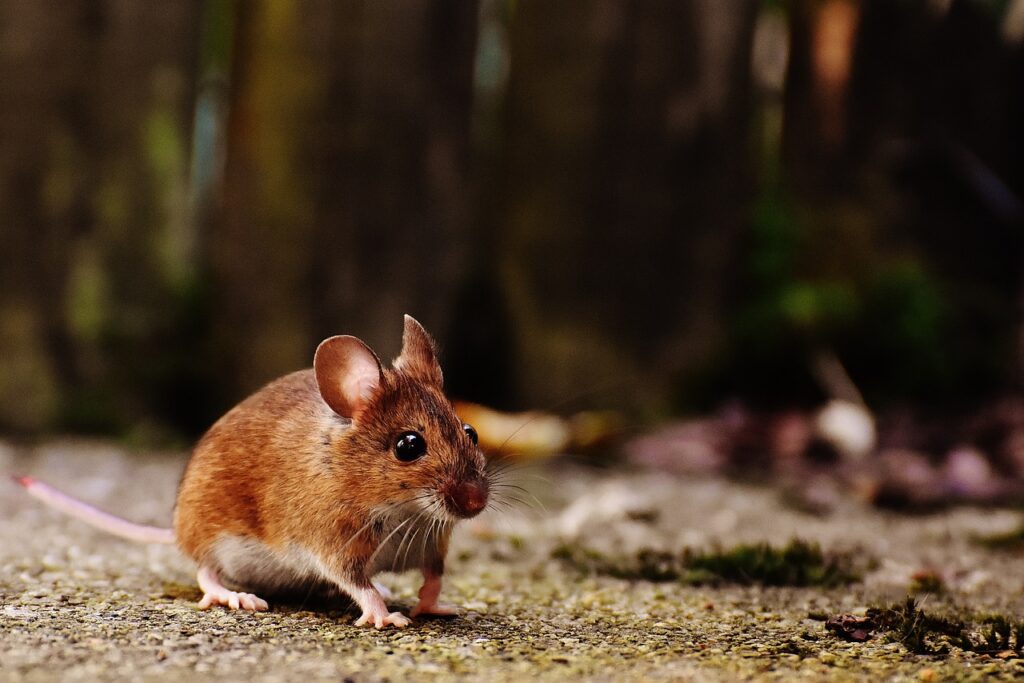
Important Considerations About Attracting Owls to Yards
Before you try to attract owls to your garden, make sure your garden is owl safe. While you may enjoy the presence of owls, it isn’t wise (or ethical) to attract owls to spaces where they won’t be protected. Gardens next to busy roadways or areas where rodenticides are used are not good habitats for owls and you should not encourage owls to visit these locations.
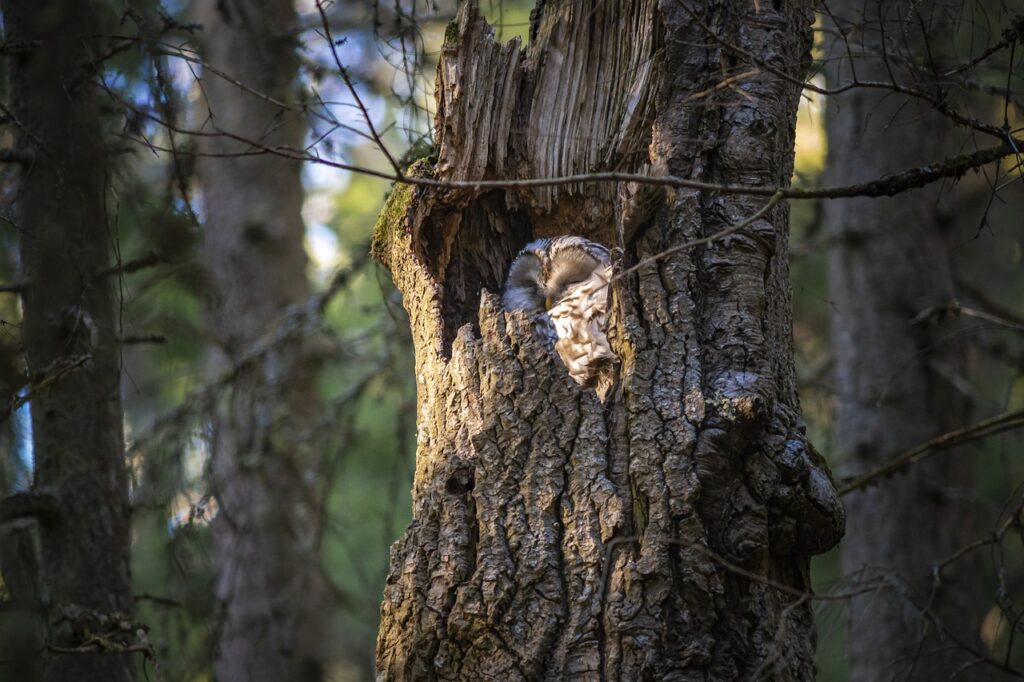
How to Attract Owls to Nest and Live
One question I get a lot is, “How do I attract owls?” and the answer is… it depends. Different owl species have different diets and nesting habits, so it’s important to research the types of owls that are in your local area and adapt the tips below to meet their needs. For instance, small screech owls are cavity dwellers that will make use of owl nesting boxes, but great horned owls prefer to nest in tree snags and in nests abandoned by other birds of prey!
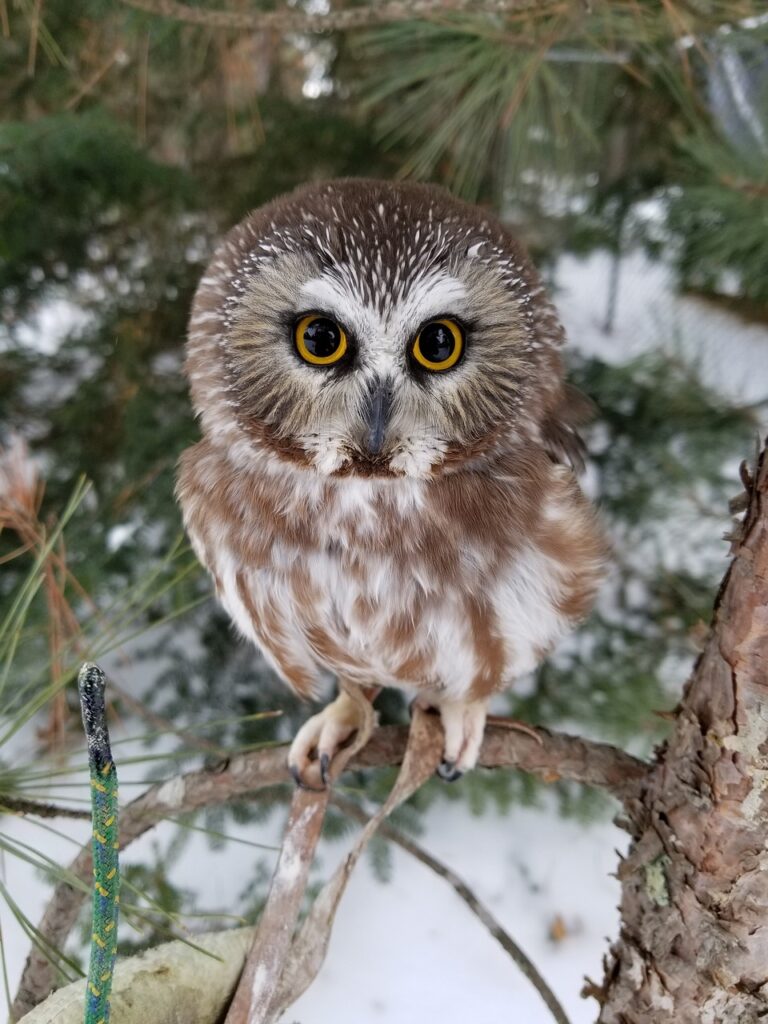
Grow native evergreens.
If you want to attract owls of any sort, one of the best things you can do is to plant native evergreen trees, like spruce, pines and juniper. Owls are nocturnal creatures that spend most of the day sleeping in hidden locations, like the shadowed branches of evergreen trees. This daytime snooze gives owls the energy they need to hunt for prey at night!
Aside from evergreen trees, old, dead trees or tree snags also make fantastic natural shelters for owls. Small owls can huddle down in old woodpecker holes, while larger owls can perch on large tree branches while scouting for prey. If you have a tree snag on your property, consider leaving it in place as long as it doesn’t pose a fall hazard!
Tip: If you’re not sure what evergreens are native to your area, try an online plant finder or invest in a good field guide!
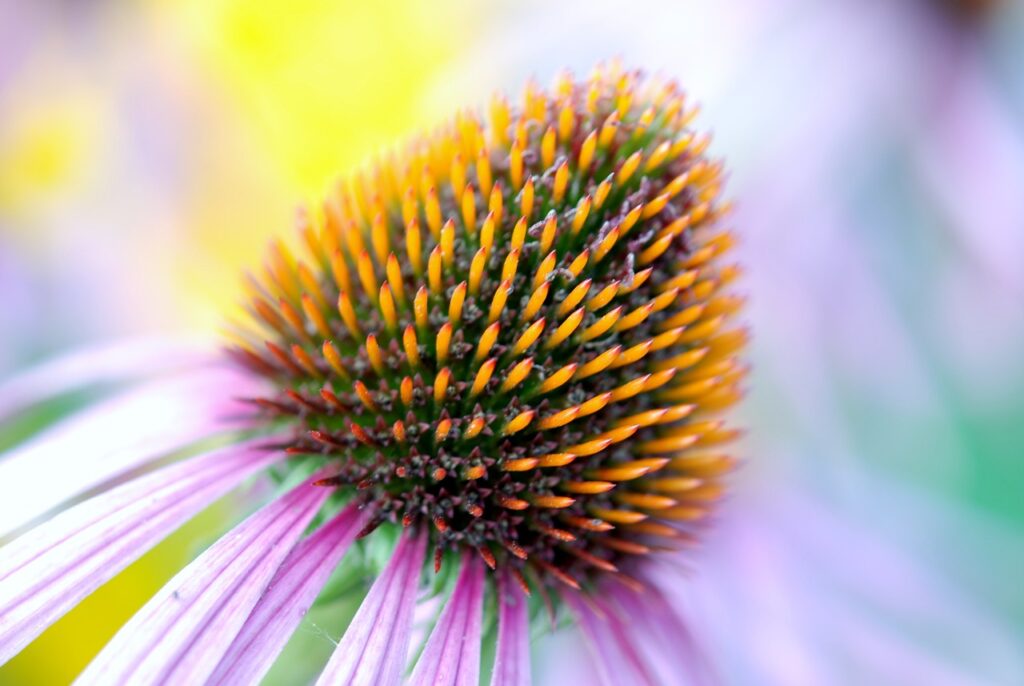
Cultivate other native plants.
While owls slumber in native evergreens, lower growing native plants can offer habitat for owl prey, like mice, and provide a natural feeding source for predatory owls. For sunny gardens, light loving plants like coneflowers, black-eyed Susan and yarrow are always solid choices. But if you have a shady yard, you may want to try out native shade plants like Virginia bluebells, Eastern red columbines and rue anemones.
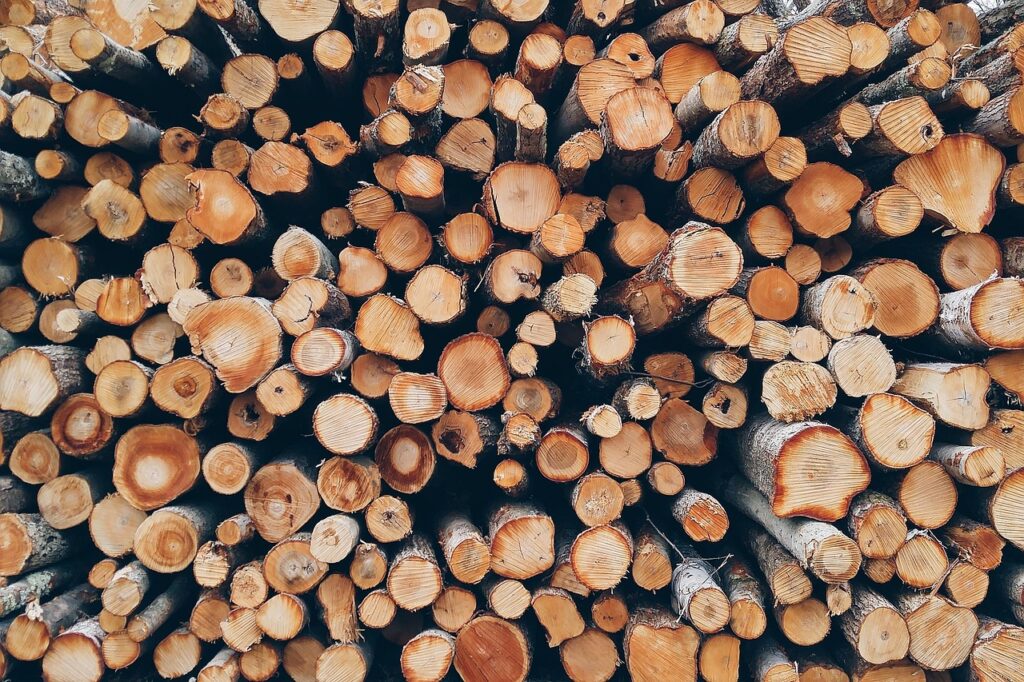
Create a brush pile.
Like low growing plants, brush piles can also attract rodents and provide a hunting spot for owls. If you’re worried about rodents venturing near your home, locate brush piles on the far end of your property, clean up spilled food from bird feeders and keep a lid on your compost pile!
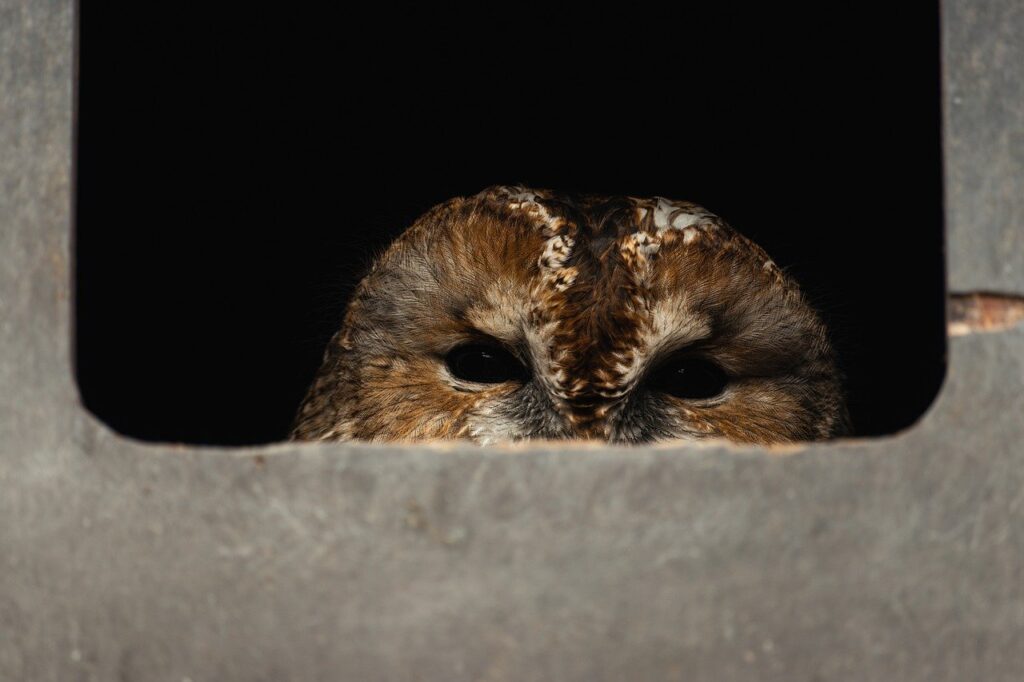
Install owl boxes.
Not all owls will use owl nesting boxes, but smaller owls like screech owls and barn owls can be attracted to these sturdy shelters. Owl boxes can be purchased online or you can make your own set up — just be sure to select an owl house that’s perfectly sized for the owls in your region. For instance, screech owls can often make use of wood duck nesting boxes, barn owls prefer boxes with 5″ diameter entrance holes and small saw-whet owls do best with boxes with 2 1/2” diameter holes.
Owl boxes should be hung at least 10’ high in a shady section of your property. You can mount boxes on the side of a tree, but it’s better to install them on a post with a baffle to deter predators like raccoons. After installing the box, line the interior with about 2 to 3” of clean wood shavings to make a cozy nest for owls!
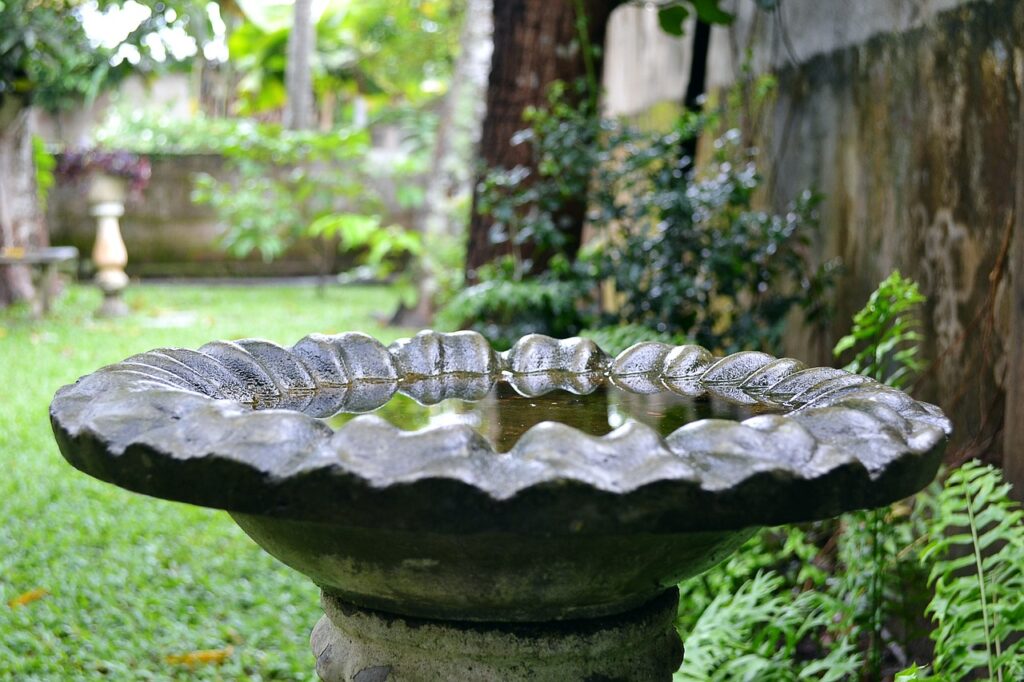
Add a deep bird bath.
Just like other wildlife, owls need a ready source of clean, fresh water throughout the year; however, owls are much bigger than your average songbird. To accommodate owls, look for large and deep bird baths or make a small water feature in your garden. Just remember that larger water features can pose a hazard to small critters, which is why I like to pile some clean stones on one side of water features just in case a small beastie tumbles in!
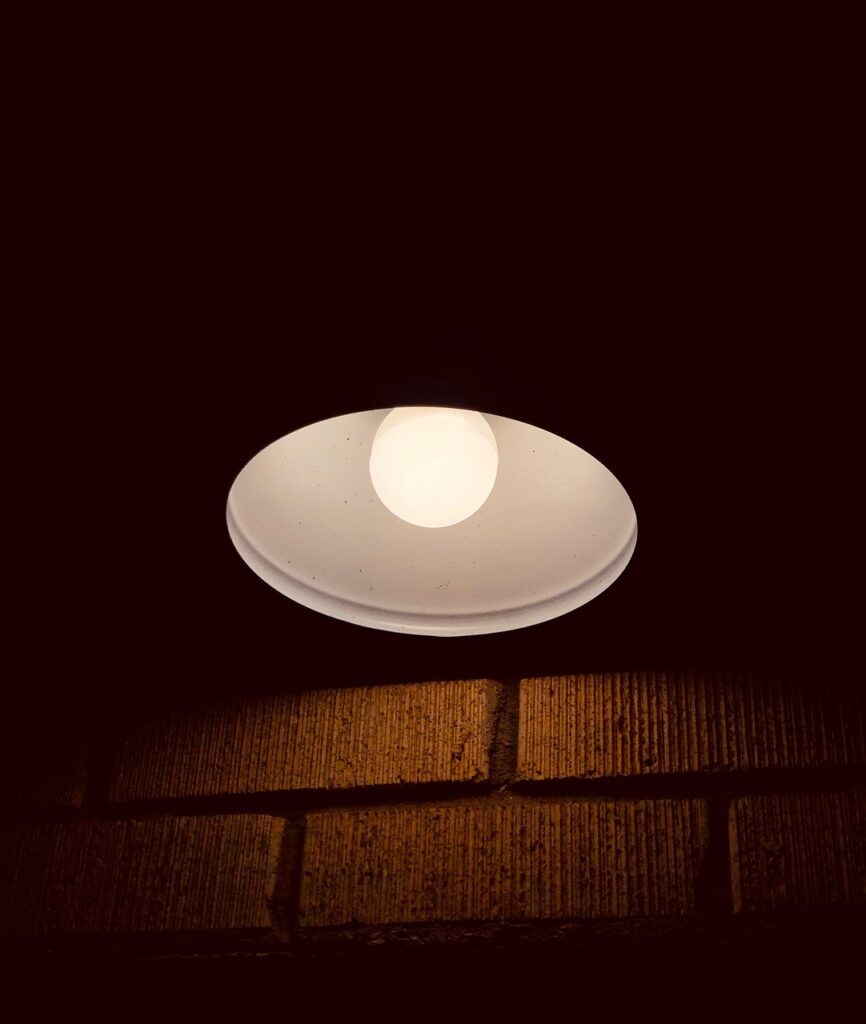
Reduce light pollution.
When creating an owl habitat, considering what attracts owls is just as important as considering what repels owls. And one thing owls don’t like is lots of light pollution after dark!
Most owls hunt at night and their eyes are perfectly adapted to seeing in nearly complete darkness. But porch lights, floodlights and light spilling out from windows can brighten up yards so much that owls can’t effectively hunt. To avoid this, consider placing your outdoor lights on a timer that shuts them off at a certain hour and use black out curtains to keep your interior lights from shining outdoors.
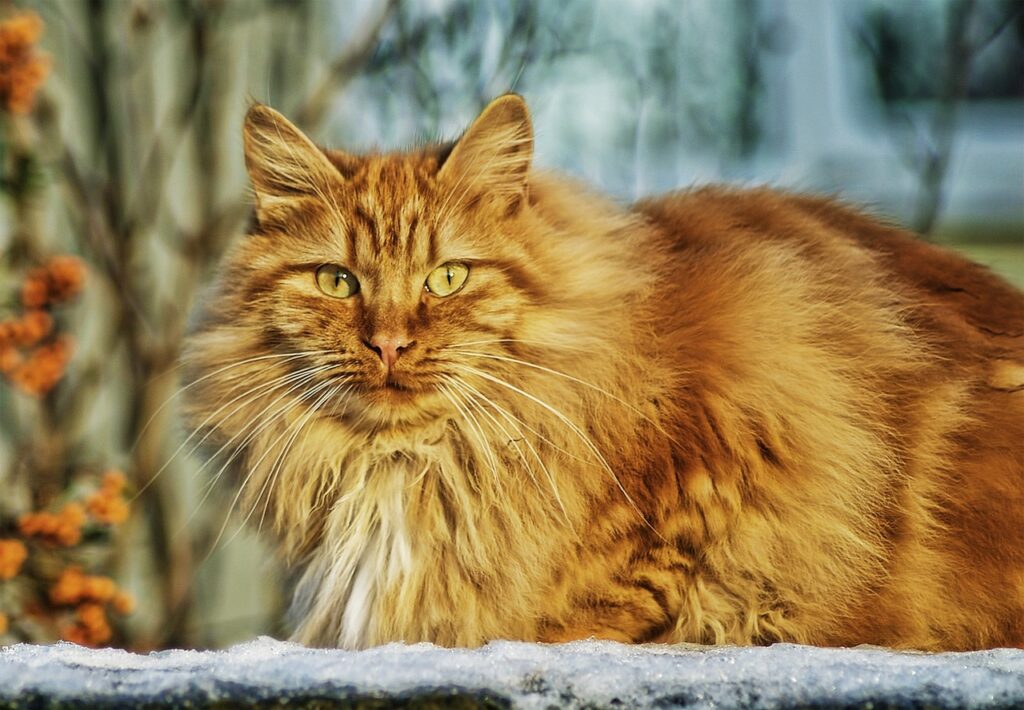
Keep pets inside.
Cats and dogs can compete with owls for prey and they may stress out owls and make them less likely to nest in your garden. But more than that, large owls, like great horned owls, can actually prey on small dogs and cats. It’s safer for everyone if Fluffy stays indoors!
Tip: Owls can attack chickens, so make sure to safeguard your backyard coop if you keep chickens and owls are in the area!
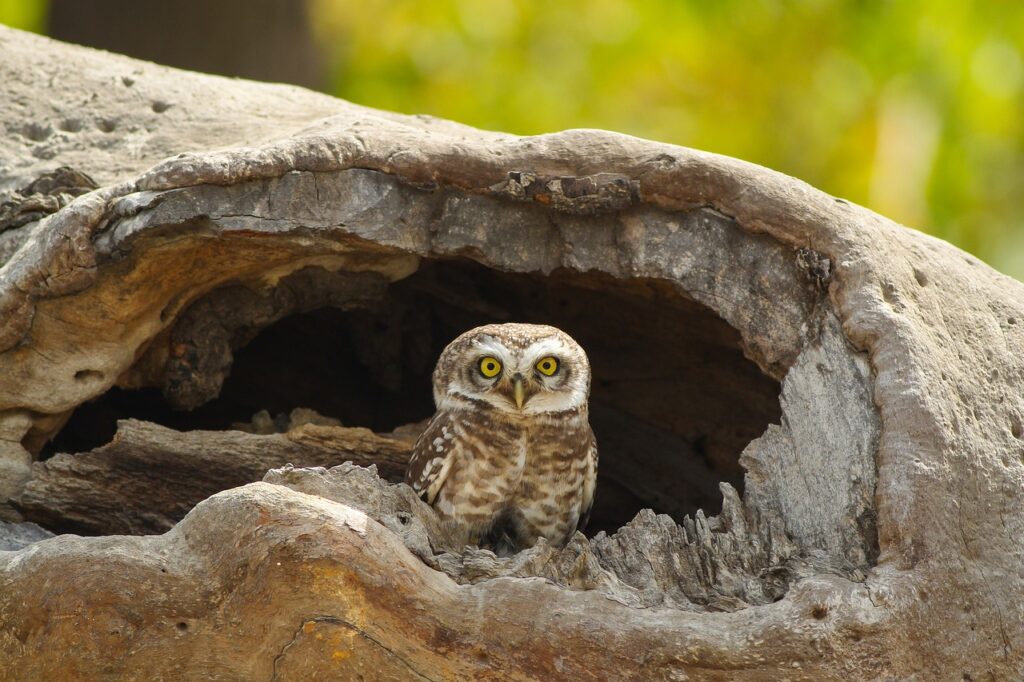
Get rid of bird netting.
Bird netting is often used to protect gardens and fruit trees from birds and other creatures, but netting is a safety hazard for wildlife, and owls can become ensnared in loose netting if you’re not careful. If you do need to protect produce from predation, try using floating row covers or fruit protection bags, which are less likely to tangle around wings and small feet!
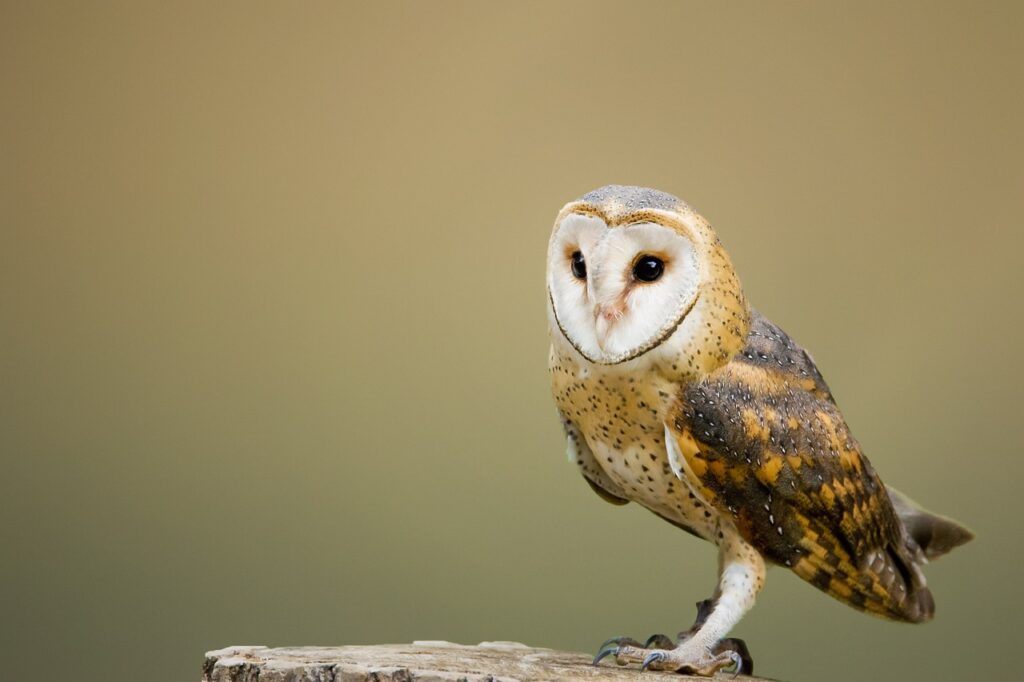
Go organic.
Keeping your garden as organic as possible is a great way to help pollinators and beneficial insects. But it’s also essential if you want to attract owls for natural pest control.
Owls are apex predators and they feed on insects and rodents. However, if those prey animals are exposed to rodenticides and insecticides, toxins can travel up the food chain and harm owls!
Instead of controlling insects with chemical pesticides, use traditional pest control practices, like crop rotation, soil solarization and companion planting. Or try out less damaging organic pesticides, like Castile soap sprays. Owls can help with rodent control, but if you opt for other treatment methods, steer clear of poison baits and use live traps baited with peanut butter or try growing catmint and certain alliums plants, which can help repel rodents naturally.
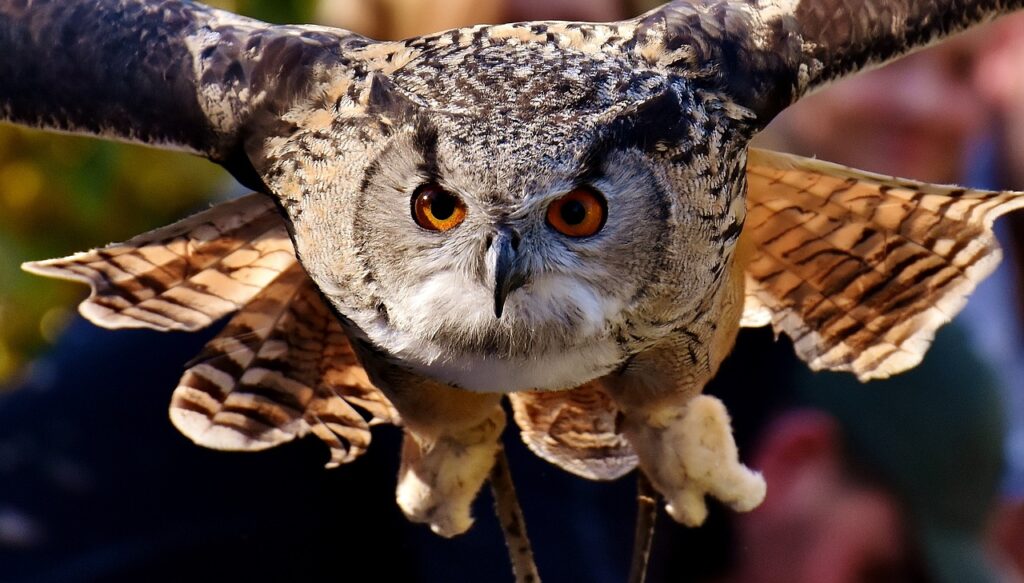
Be respectful.
If owls begin to nest in your garden, always be respectful and give them a wide berth. Loud noises, sudden movements and lots of activity can frighten owls away and make them wary. Flashlights and flash cameras are also best avoided!
As fascinating as owls are, it’s important to remember that they are predatory animals and they can be territorial… particularly around nesting time! Resist the impulse to hang out under owl boxes and, instead, observe owls only from a distance with a good pair of binoculars. This is much safer for you and for the owls and that extra bit of distance will help wild owls feel more secure in your habitat garden.
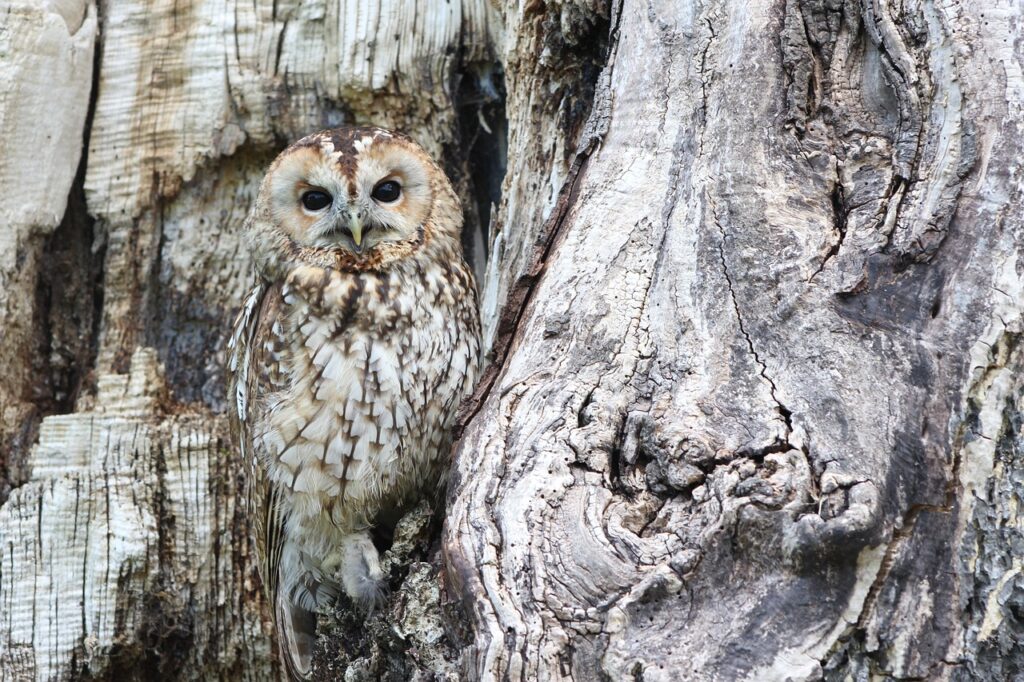
Frequently Asked Questions About Attracting Owls to Gardens
Can you attract owls with calls?
Technically, many owls will respond to owl calls, but it’s best to avoid using calls to attract owls. Owl calls can stress out and confuse owls and make them less likely to nest.
What is the best time of day to hear owls?
Owls are most active when light levels are low and you can often hear them hooting around dawn and dusk.
What month are owls active?
Owls are active throughout the year, but they’re particularly noticeable in winter. Many owls nest from winter to early spring and this is a great time to go on an owl hike!
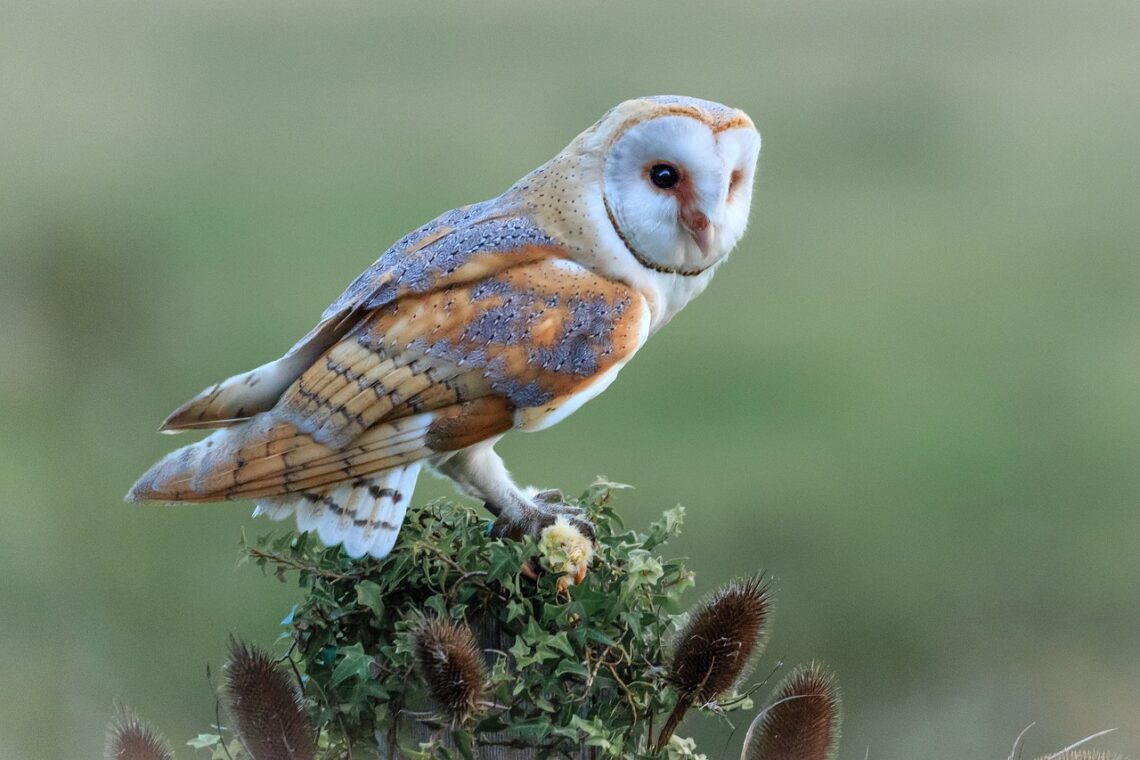


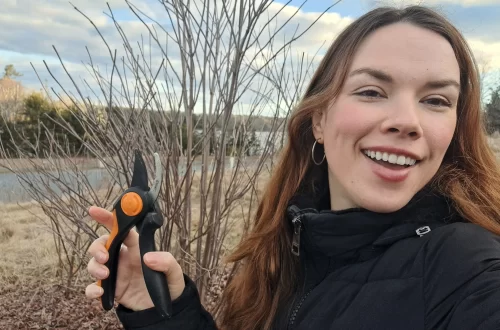
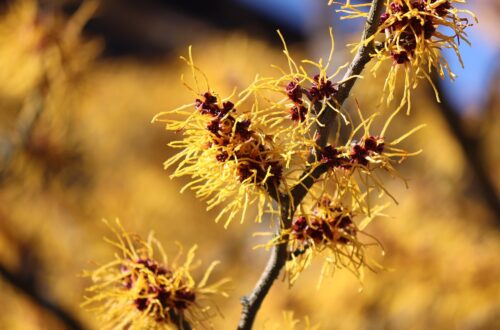
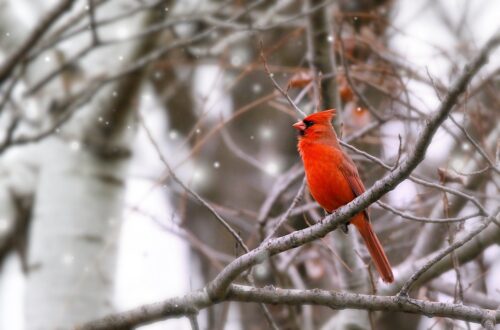
Lovely owl article!